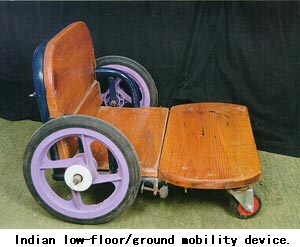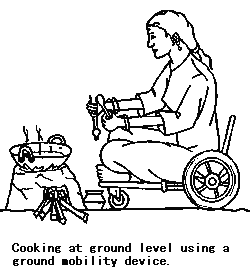Ground Mobility Device
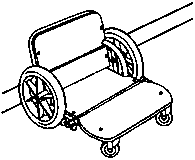
About the Project
An international collaborative project was initiated to design and manufacture a
mobility device for people with disabilities who have difficulties walking indoors and
outdoors close to their home.
The two primary participants were the International Centre for the Advancement of
Community Based Rehabilitation (CIDA funded), Canada, and the National Institute of
Design, Ahmedabad, India.
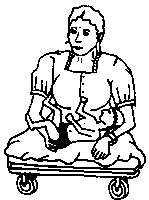 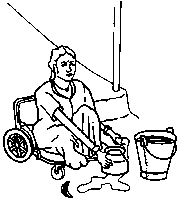
Why a ground mobility device?
A ground mobility device provides an alternative way for a disabled person to move
inside and close to home. Because the seat is close to the ground it eliminates the need
to change the environment to a wheelchair height. This design will help the person to:
- Move from one place to another independently;
- Perform activities at ground height (e.g., eating with the family, sweeping, school
work, child care, cooking, washing dishes);
- Carry items (e.g., a water bucket, children).
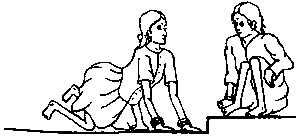
Who can use this device?
People who have difficulties walking:
- People with old or new injuries to their legs (e.g., polio, amputations, spinal cord
injuries);
- People with long or short term difficulties;
- Children, adults, or the aged;
- Women or men.
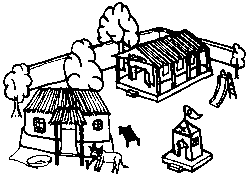
Where to use this device?
- In communities where activities are performed on or close to the ground;
- Urban or rural areas;
- In the home, school, or at work.
How to use this device?
To use the device on her own the person must be able to:
- Sit up;
- Use both arms/hands.
The person must learn how to:
- Lock/unlock the brake (turn the knob);
- Climb on/off (put lock on first).
- Go forwards / Stop or slow down (hold wheels) / Go backwards
- Turn
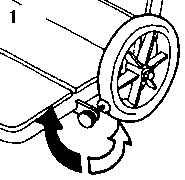 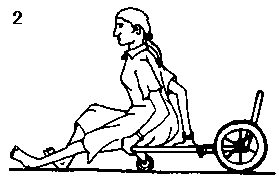
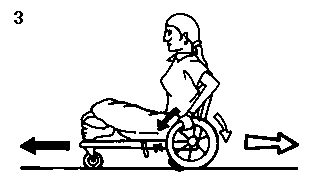 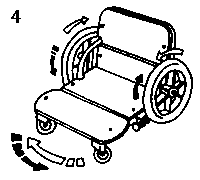
Making the device
- This is a simple design which can be easily changed to fit the person better.
- Locally available materials should be used whenever possible.
- The costs depend upon local circumstances, material and labour costs and number of
devices produced.
General dimensions
| A: Ground clearance |
100 mm |
| B: Castor height |
75 mm |
| C: Seat length |
465 mm |
| D: Backrest angle |
100 degrees |
| E: Large wheel height |
270 mm |
| F: Backrest height |
270 mm |
| G: Seat width (not shown) |
425 to 575 mm |
| H: Maximum width (not shown) |
580 mm appro |
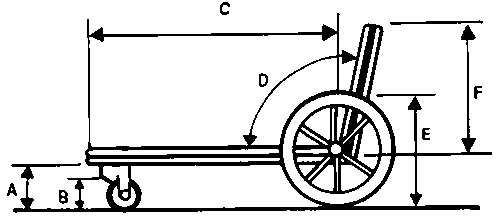
Parts of the Device
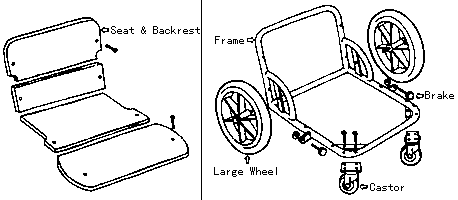
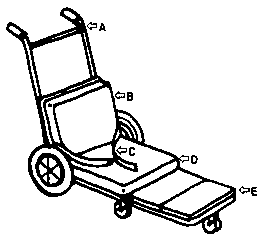
Other Options
- A: Push handles.
- B: Back cushion, extra back or side support.
- C: Seat belt.
- D: Seat cushion.
- E: Leg extension.
- F: Larger or smaller seating area (not shown).
Options for Pushing
- Hands on wheels;
- Hands on rim;
- Hands on pegs.
Design with jute or plastic weaving and one castor wheel.
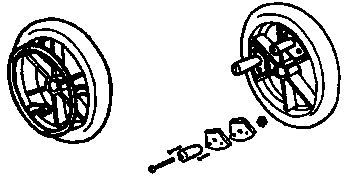 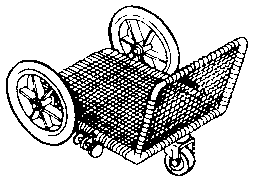
Contacts
For further information on any aspect of this project, or to give suggestions, please
contact:
- Vikram Panchal
- National Institute of Design
- (NID), Paldi, Ahmedabad 380 007
- India
- Tel: 079 663 9692
- Fax: 079 663 8465
- Email: niḍadinet.ernet.in
- Tanya Packer or Susan Mulholland
- International Centre for the Advancement of Community
- Based Rehabilitation (ICACBR) Queen's University, Kingston
- Ontario, K7L 3N6, Canada
- Tel: 613 545 6881
- Fax: 613 545 6882
- Email: packert@post.queensu.ca
Acknowledgment
For full details see: Production and distribution of assistive devices for people with disabilities
|

